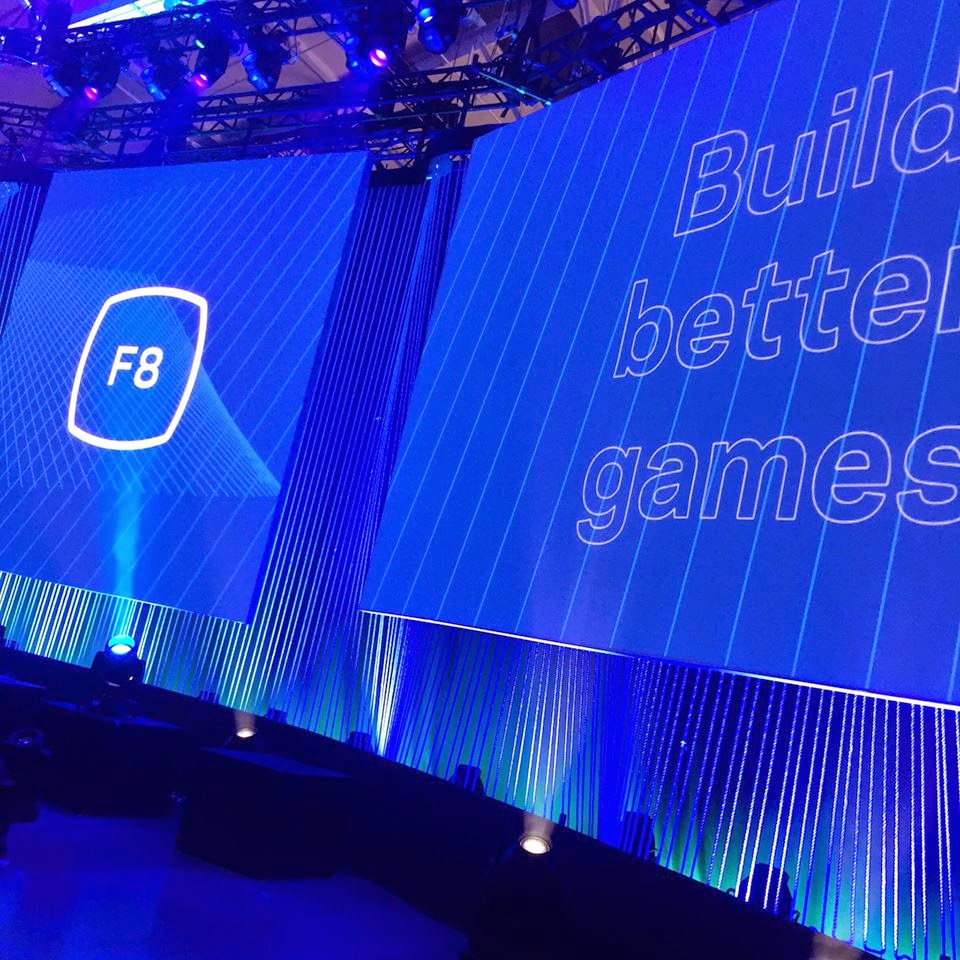Facebook Quietly Launches Ads API for ALL Developers
Some amazing things have been announced at Facebook’s annual developer conference, F8, going on yesterday and today in San Francisco. From new apps for Facebook Messenger, to a platform for Internet of Things, to one of the most amazing explanations of the value of virtual reality I’ve ever seen, Facebook has by far made up […]
Read more...Growth Hacking: How to Target Ads to the Followers of a Public ("Follow") Profile on Facebook
I shared earlier on this blog the benefit of using a personal, “Public Profile” on Facebook over a Fan Page on Facebook to personalize the experience and grow your network. I encourage each of my clients to, when they have the choice, choose the public profile over the Fan Page for personalities in the company […]
Read more...Developers: Here’s How You Access #Hashtags in Your Apps
I showed earlier tonight a way you can access on Facebook.com the stream for any particular hashtag without having to have a link to get to it. I mentioned Facebook would likely release an API for this. Being the idiot that I am I neglected the fact that Facebook already has a search API, and […]
Read more...How is Quora Able to Auto-Like Posts on Facebook?
I’ve been contemplating a way to get Facebook like buttons to work with a brand’s own look and feel, so when you like it on a 3rd party site, it automatically likes the same Page (via Open Graph Protocol) on Facebook. This would be a User Experience Designer’s dream come true, especially those that I […]
Read more...Now You Can "Like" Any Tweet on Twitter.com
As part of Kynetx’s Facebook App contest I wrote a simple browser extension that you can install on Chrome, Internet Explorer, or Firefox, which allows you to, in addition to the “retweet”, “favorite”, and “reply” links you see when you mouse over a Tweet, you can also now “like” the Tweet as well. What does […]
Read more...Want Your Business in a Dummies Book?
I’m looking for concrete examples of businesses, large and small, that have seen firm success by integrating Facebook either as an application, a Page, or on their own website via Facebook Connect or Facebook Graph API. If you have analytics and statistics to back up your claim, I’d like to get quotes from you on […]
Read more...Did Google Reinvent the Wheel by Adopting the Protocols They Chose?
In a response to my article here, DeWitt Clinton of Google defined what he deemed the definition of “open” to be. According to DeWitt, “the first is licensing of the protocols themselves, with respect to who can legally implement them and/or who can legally fork them.” I argue if this were the case, then why […]
Read more...Facebook to Developers: "You Decide"
By the time I hit publish on this 5 other bigger blogs will have probably already covered this, but this deserves some praise. One reason I love the Facebook Platform is because they really seem to care about API developers. They do things the “right” way. For instance, they have a beta site where they […]
Read more...What Buzz Needs to Make a "Sting" in Facebook
There’s a new Buzzword in town that’s “Buzz” lately and as I mentioned earlier, some are already calling things “dead” because of it. Most of this is due to the size of Google, the masses it can reach, and the overall usefulness of the service. Personally, I think all the “dead” articles are all a […]
Read more...It’s Official, Facebook Releases Their Platform, Open Source and All
Nick O’Neill blogged about it, and Facebook confirmed it officially at the Palo Alto 1 Year Anniversary Developers Garage on Thursday, but Facebook has finally released their platform under a modified version of the Mozilla Public License. The code and announcement can be found here, and includes the full API, a parser for FBML, and […]
Read more...